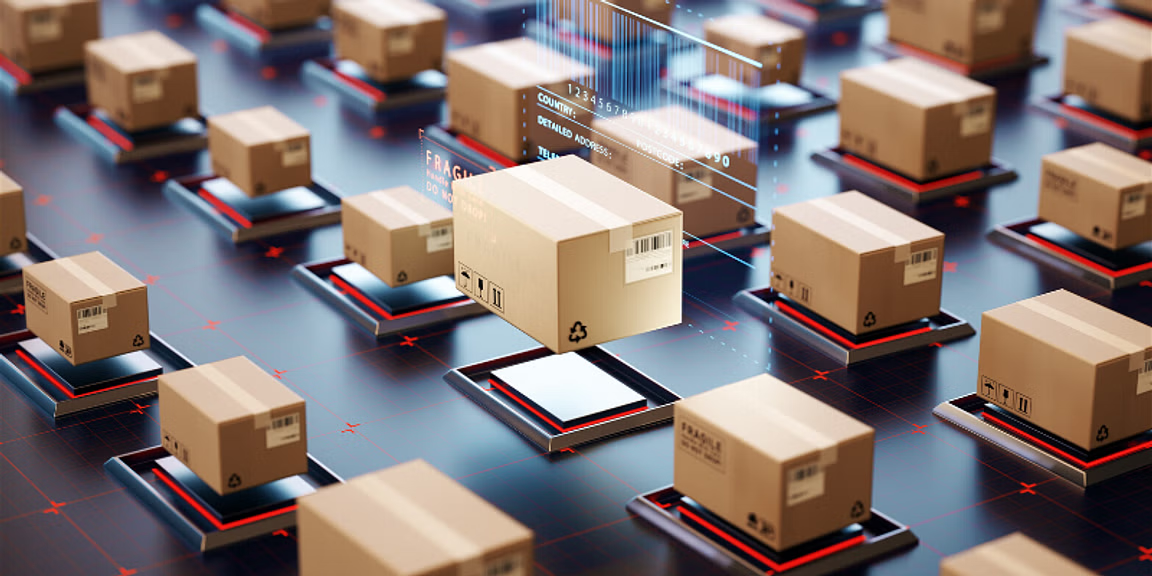
The retail industry is currently undergoing significant transformation, with customers now having higher expectations upon entering a shop even if it is located in smaller towns.
Delivering a superior experience to customers is no longer solely dependent on a store’s location or layout, but rather on its ability to adopt and leverage current technologies. Indeed, a connected retail experience today is reliant on effective technology integration.
Despite the many advantages of advanced technologies, small retailers are yet to fully realise their potential, thereby missing out on opportunities to boost their performance and profitability. The adoption of digital technology, even in its smallest form, can enable personalisation, convenience, and experiential elements. This, in turn, offers a cutting-edge retail landscape that can help small retailers remain competitive and meet the demands of today’s consumers.
The scenario is changing at a faster pace than ever before, most companies are investing in blockchain technologies wherein they are able to predict the demand accurately based on geography, season, gender etc.
Technological advancements
Technological advancements are constantly occurring in the retail industry, ranging from the increased use of kiosks to advanced technological deployments and stronger warehouse management systems. The companies are aiming to have real-time inventory management, which can help them control leakages and avoid capital stuck in inventory. These advancements are helping small retailers to operate more efficiently, with limited capital and better inventory turns, as well as simplify certain processes, providing insight into consumer trends, and keeping track of inventory, among other benefits.
In the retail industry, IT plays a crucial role, as it can be used to make all digital processes more efficient. Remaining ahead of the curve and implementing new technological advancements, such as cutting-edge software and operating systems, can help retailers connect with their customers more effectively and meet their needs. Now it is possible to predict a customer’s need even before the customer has walked into the store–a tailor-made or personalised approach towards understanding your customer better is the way of the future.
Automation
Deploying new and advanced technologies can provide a competitive edge to both bigger stores and small retailers. Automation is a powerful tool for inputting and collecting data. For instance, an electronic point of sale (EPOS) is software that automates business-related tasks, such as the checkout process (i.e., scanning, payments, etc.), managing customer accounts, and in-store inventory.
Today, when the customer makes up their mind and searches for a select product on Google, it benefits the retailers and ecommerce companies to track the customer till the purchase is complete.
Inventory tracking
It’s important for retailers to keep track of their inventory in order to save costs. This is where demand forecasting comes in: it helps retailers anticipate future demand for their products by analysing patterns in consumer behaviour and considering internal and external factors.
Similarly, inventory prediction enables retailers to better manage their stock levels by providing insights into when to reorder products. Better utilisation of capital through efficient inventory turns is the way forward.
Upgraded supply chain management
Retailers can benefit from using IT to manage their supply chain. IT can help retailers determine purchasing trends and make accurate forecasts. Hence, it is now evidently critical for companies to deploy blockchain technology to track the product sold from PoS, to retailers’ inventory reordering, to distributors’ warehouse replishments, and back to OEM’s factory production line.
The real-time integration will support all the pillars in the supply chain to produce and fulfil the demand. By using software or systems, IT can process, manage, and securely store data, which is essential for retailers to keep up-to-date IT solutions in their stores, whether they are brick-and-mortar or online. This helps retailers achieve accurate demand forecasting and inventory predictions, which in turn can help improve supplier and customer relationships. Suppliers can better plan for product orders, while customers can have their product needs met more effectively.
Personalisation
Collecting consumer data is highly beneficial for retailers as it enables them to offer a personalised shopping experience. As a result, customers are 40% more likely to exceed their planned budget, making this an essential consideration for retailers. IT solutions can help retailers store customer data, which can be used to reach out to them via email or mail with personalised offers.
Today, it’s important to know your customer and their preferences, customer preferences are segmented based on geography, usage of debit/ credit cards, understanding the needs of the future by analysing past purchases, better-known brands, seasonal and trending demands, lifestyle changes, and ease of finance/ easy EMI’s.
In light of unprecedented and challenging market disruptions, small business owners are leveraging technology to maximise their productivity and profits. As such, investment in the right technology can also help to improve the overall shopping experience, even with limited staff available.
In conclusion, it can be said that retail-ready technologies have become more accessible to small businesses. These technologies are designed to cater to the needs and budgets of small businesses. Moreover, for those who require advanced features, cloud-based services are also easy to deploy and manage, with affordable hardware and software solutions available.
(Nirav Patel is the Founder and CEO and WOGOM)
Edited by Megha Reddy
(Disclaimer: The views and opinions expressed in this article are those of the author and do not necessarily reflect the views of YourStory.)










